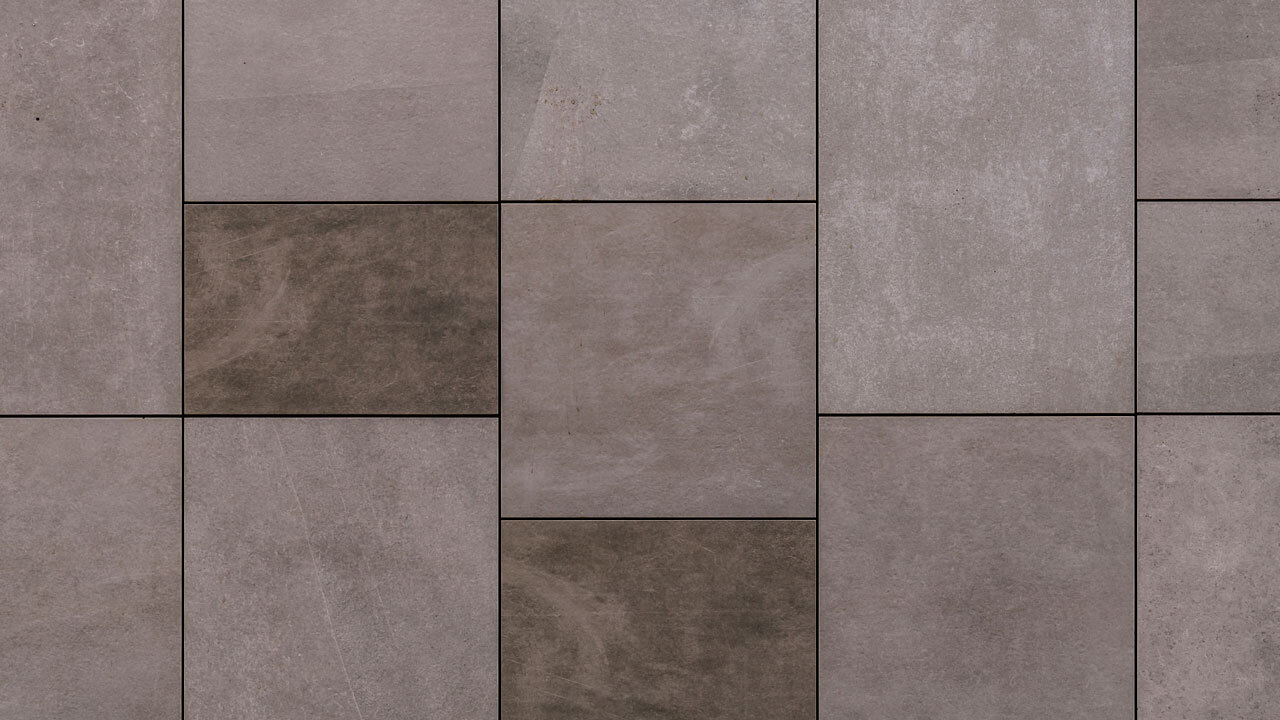

To be clear, we're not talking about ceramic tile. Or even the standard porcelain tile we recommend for your building's interiors.
We're talking about technical porcelain. And that isn't just some fancy marketing label. It means we take your exterior porcelain cladding panels to another level by firing each panel so it absorbs no more than 0.1% of water.** Making it virtually impervious to moisture.
Compare that to tile industry standards for other tiles:
|
Tile |
Water absorption |
|
Ceramic |
0.5% - 3.0% |
|
Standard porcelain |
≤ 0.5% |
|
Technical porcelain |
≤ 0.1% |
Let's look at it another way... Glass has a water absortion rate of 0%. Our technical porcelain is at 0.1%
That means, glass is 100% impervious, and our porcelain cladding panels are 99.99% impervious. Not too shabby, right?
**Here’s an interesting fact worth knowing: Did you know it only takes an additional 25 degrees Celsius to go from ceramic to porcelain? It’s true. With that little bit of extra heat, the “vitrification” process occurs. Vitrifying means particles begin fusing to fill more of the remaining pores in the material – leading to the impervious porcelain qualities.
Here's what all these percentages and comparison come down to... You and your client don't have to worry about thermal expansion & contraction, freeze-thaw, or efflorescence issues. Our porcelain cladding system is ideal for any and all climate zones your projects require.
Not all exterior cladding materials are made the same. Check the chart below to see if Porcelanosa is a good choice for your next exterior façade project.
| Attribute | Porcelain | Fibercement | Terracotta | Metal (ACM) | HPL | UHPConcrete |
|---|---|---|---|---|---|---|
| Aesthetic Versatility | ||||||
| Impervious to Water < 0.1% | ||||||
| Resilience to Water | ||||||
| Non‐Combustible | ||||||
| Resistance to High Wind Loads | ||||||
| High Texture Freedom |